Home>Gardening & Outdoor>Outdoor Recreation & Activities>What Is The Size Of A Jenga Block
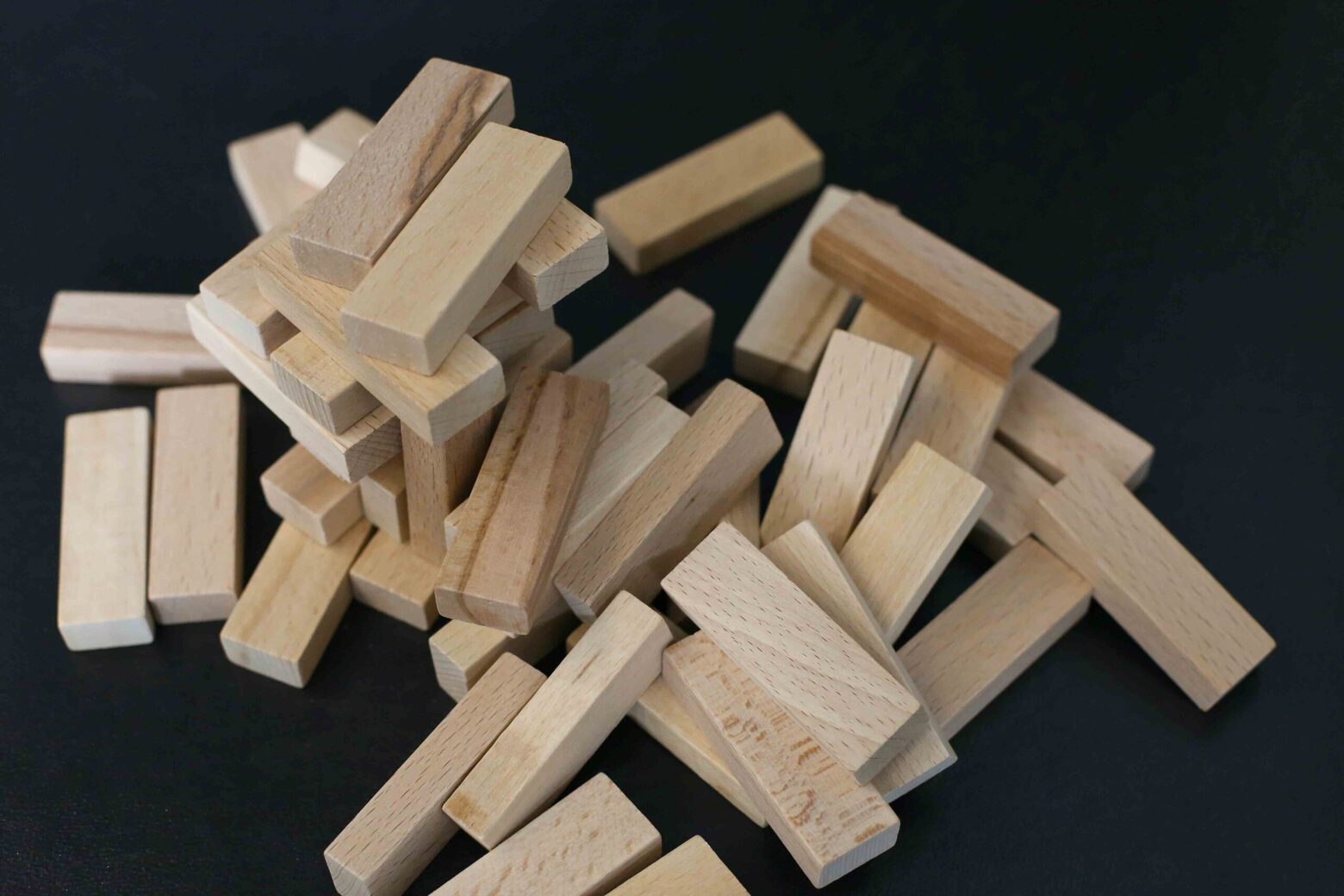

Outdoor Recreation & Activities
What Is The Size Of A Jenga Block
Modified: February 18, 2024
Discover the standard size of a Jenga block and its impact on outdoor recreation and activities. Learn how this popular game can enhance your outdoor fun.
(Many of the links in this article redirect to a specific reviewed product. Your purchase of these products through affiliate links helps to generate commission for Storables.com, at no extra cost. Learn more)
**
Introduction
**
Welcome to the world of Jenga, where precision, skill, and a steady hand are the keys to victory. This classic game has been a staple of family game nights, social gatherings, and competitive events for decades. At the heart of Jenga lies the humble Jenga block, a seemingly simple yet crucial component that forms the foundation of the game.
In this article, we will delve into the intriguing world of Jenga block sizes, exploring the standard dimensions, historical variations, and the significance of these measurements. Whether you're a seasoned Jenga enthusiast or a newcomer eager to learn more about this beloved pastime, join us on a journey to uncover the size of a Jenga block and its impact on the game.
**
Key Takeaways:
- The standard size of a Jenga block is 1.5 inches in width, 2.5 inches in height, and 7.5 inches in length, carefully designed to balance stability and challenge for players of all ages and skill levels.
- Variations in Jenga block sizes, from oversized to miniature, offer diverse and exciting gameplay experiences, adding creativity and fun to this timeless classic.
Read more: What To Write On Jenga Blocks
History of Jenga
**
The origins of Jenga can be traced back to the early 1970s when Leslie Scott, a British entrepreneur, discovered a set of wooden blocks during a family visit to a sawmill in Africa. Inspired by the simple yet versatile nature of these blocks, Scott envisioned a game that would test players' dexterity and strategic thinking. This vision led to the birth of Jenga, with the name derived from the Swahili word for "build."
In 1983, Jenga was officially launched, and its popularity quickly spread across the globe. The game's premise was straightforward yet captivating: players take turns removing wooden blocks from a tower and carefully placing them on top, creating a progressively taller and more precarious structure. The tension mounts with each move, culminating in nerve-wracking moments as the tower teeters and sways.
Over the years, Jenga has evolved from a casual pastime into a competitive pursuit, with tournaments, championships, and specialized Jenga sets adding a new dimension to the game. The enduring appeal of Jenga lies in its ability to captivate players of all ages, fostering friendly competition and moments of shared excitement.
As Jenga gained widespread acclaim, the standardization of Jenga block sizes became essential to ensure uniformity and fairness in gameplay. The evolution of Jenga block sizes reflects the game's journey from a simple set of wooden blocks to a global phenomenon, ingrained in popular culture and cherished by millions.
**
Standard Size of Jenga Blocks
**
The iconic Jenga block is a testament to precision and craftsmanship, carefully designed to uphold the essence of the game. Each Jenga block is crafted with meticulous attention to detail, ensuring uniformity and consistency in size. The standard dimensions of a Jenga block are 1.5 inches in width, 2.5 inches in height, and 7.5 inches in length.
These dimensions are not arbitrary; they are the result of extensive testing and refinement to create the perfect balance of stability and challenge. The slender profile of the blocks allows for delicate maneuvers, requiring players to exercise finesse and control as they extract and reposition the blocks within the tower.
Furthermore, the specific measurements of Jenga blocks contribute to the game’s dynamic nature. As the tower grows taller, the interlocking blocks form an intricate lattice, demanding steady hands and calculated movements. The uniform size of the blocks ensures that each piece fits seamlessly within the structure, maintaining the precarious equilibrium that defines Jenga.
Moreover, the tactile experience of handling Jenga blocks is enhanced by their standardized size. The smooth wooden surfaces and precise dimensions offer a satisfying tactile sensation, adding to the immersive nature of the game. Whether carefully nudging a block into place or gingerly extracting a piece from the tower, players are immersed in a world of tactile exploration and strategic decision-making.
As players engage with the standardized Jenga blocks, they become attuned to the nuances of the game, honing their motor skills and spatial awareness. The consistent size of the blocks fosters a level playing field, allowing players to focus on skill and strategy rather than grappling with irregularities in block dimensions.
The standard size of Jenga blocks serves as the cornerstone of the game’s enduring appeal, embodying the meticulous craftsmanship and thoughtful design that have made Jenga a beloved classic.
**
A Jenga block is typically 1.5 inches wide, 2.5 inches long, and 7.5 inches tall.
Variations in Jenga Block Sizes
**
While the standard size of Jenga blocks forms the bedrock of the game, variations in block dimensions have emerged, offering unique experiences and challenges for players. These deviations from the traditional measurements have sparked creativity and innovation, enriching the world of Jenga with diverse gameplay opportunities.
One notable variation in Jenga block sizes is the introduction of oversized or giant Jenga sets. These larger-than-life blocks amplify the excitement and visual impact of the game, towering over standard-sized Jenga sets and commanding attention. The dimensions of oversized Jenga blocks typically range from 2.5 inches to 3 inches in width, 7 inches to 8 inches in length, and 1.5 times the height of standard blocks, creating a dramatic and imposing presence.
Playing with oversized Jenga blocks introduces a new level of physicality and spectacle to the game, requiring players to navigate the heightened scale and weight of the blocks. The amplified size of the blocks adds an element of grandeur and spectacle to the gameplay, drawing in participants and spectators alike.
Conversely, some Jenga enthusiasts have explored the realm of miniature Jenga sets, featuring scaled-down blocks that offer a compact and portable gaming experience. Miniature Jenga blocks typically measure 0.75 inches in width, 1.25 inches in height, and 3.75 inches in length, presenting a charming and diminutive rendition of the classic game.
These diminutive blocks invite players to adapt their strategies and techniques, navigating the intricacies of a smaller scale with precision and agility. Miniature Jenga sets are ideal for travel and intimate gatherings, providing a delightful twist on the beloved game while retaining its core principles.
Embracing variations in Jenga block sizes opens up a world of possibilities, catering to diverse preferences and settings. Whether reveling in the grandeur of oversized blocks or savoring the charm of miniature counterparts, players can explore the rich tapestry of Jenga experiences, each defined by its unique block dimensions.
**
Importance of Jenga Block Size
**
The size of Jenga blocks holds profound significance, influencing every facet of the game and shaping the experiences of players. From tactile engagement to strategic maneuvering, the dimensions of Jenga blocks permeate every aspect of gameplay, underscoring their pivotal importance in the Jenga universe.
First and foremost, the size of Jenga blocks directly impacts the physical interaction between players and the game. The standard dimensions of the blocks are meticulously calibrated to offer a delicate balance of maneuverability and stability. As players deftly manipulate the blocks, the precise size facilitates seamless movements within the tower, fostering a fluid and engaging gameplay experience.
Moreover, the standardized size of Jenga blocks fosters a level playing field, ensuring fairness and equity for all participants. By adhering to uniform dimensions, Jenga blocks eliminate disparities in size that could potentially confer advantages or disadvantages to individual players. This commitment to consistency upholds the integrity of the game, allowing players to compete on an equal footing, guided solely by their skills and strategies.
Furthermore, the size of Jenga blocks serves as a catalyst for creativity and innovation, inspiring the development of diverse variations and adaptations. Whether through oversized, miniature, or custom-sized blocks, the dimensions of Jenga blocks have sparked a spectrum of interpretations, each offering distinct challenges and aesthetics. This versatility underscores the adaptability of Jenga, accommodating a wide array of preferences and settings.
Additionally, the tactile allure of Jenga is intricately linked to the size of its blocks. The smooth, polished surfaces and precisely honed dimensions invite players to engage with the game on a sensory level, heightening the immersive nature of the experience. The act of carefully selecting, repositioning, and stacking the blocks becomes a tactile journey, enriched by the deliberate dimensions of each piece.
Ultimately, the importance of Jenga block size extends far beyond mere measurements; it encapsulates the essence of the game itself. From the thrill of precarious maneuvers to the camaraderie forged through shared moments of tension and triumph, the size of Jenga blocks weaves a tapestry of experiences, uniting players in a timeless pursuit of skill and excitement.
**
Read more: How To Play Jenga Blocks
Conclusion
**
As we unravel the dimensions and significance of Jenga block sizes, we gain a deeper appreciation for the intricate foundations of this beloved game. From its humble origins to its global acclaim, Jenga has thrived on the interplay of precision, skill, and sheer excitement, all embodied in the size of its iconic blocks.
The standard size of Jenga blocks, meticulously crafted to dimensions of 1.5 inches in width, 2.5 inches in height, and 7.5 inches in length, stands as a testament to the game’s enduring legacy. These measurements encapsulate the delicate balance of challenge and accessibility, inviting players of all ages and skill levels to partake in the timeless thrill of Jenga.
Furthermore, the variations in Jenga block sizes, ranging from oversized spectacles to miniature marvels, exemplify the adaptability and creativity inherent in the game. These deviations from the standard dimensions offer diverse experiences, each infused with its own unique charm and allure, expanding the horizons of Jenga enthusiasts worldwide.
The importance of Jenga block size reverberates throughout the game, influencing the physical interactions, fairness, creativity, and tactile engagement that define the Jenga experience. By upholding the integrity of standardized dimensions and embracing innovative variations, Jenga continues to captivate and unite players across generations, transcending mere measurements to become an enduring symbol of shared excitement and camaraderie.
As we reflect on the size of a Jenga block and its profound impact on the game, we are reminded of the timeless allure of Jenga—a game that transcends dimensions to create moments of suspense, skill, and joy. Whether carefully maneuvering standard blocks or relishing the grandeur of oversized sets, players around the world are united in their love for this timeless classic, bound by the shared pursuit of balance, precision, and the sheer thrill of the tumble.
Frequently Asked Questions about What Is The Size Of A Jenga Block
Was this page helpful?
At Storables.com, we guarantee accurate and reliable information. Our content, validated by Expert Board Contributors, is crafted following stringent Editorial Policies. We're committed to providing you with well-researched, expert-backed insights for all your informational needs.



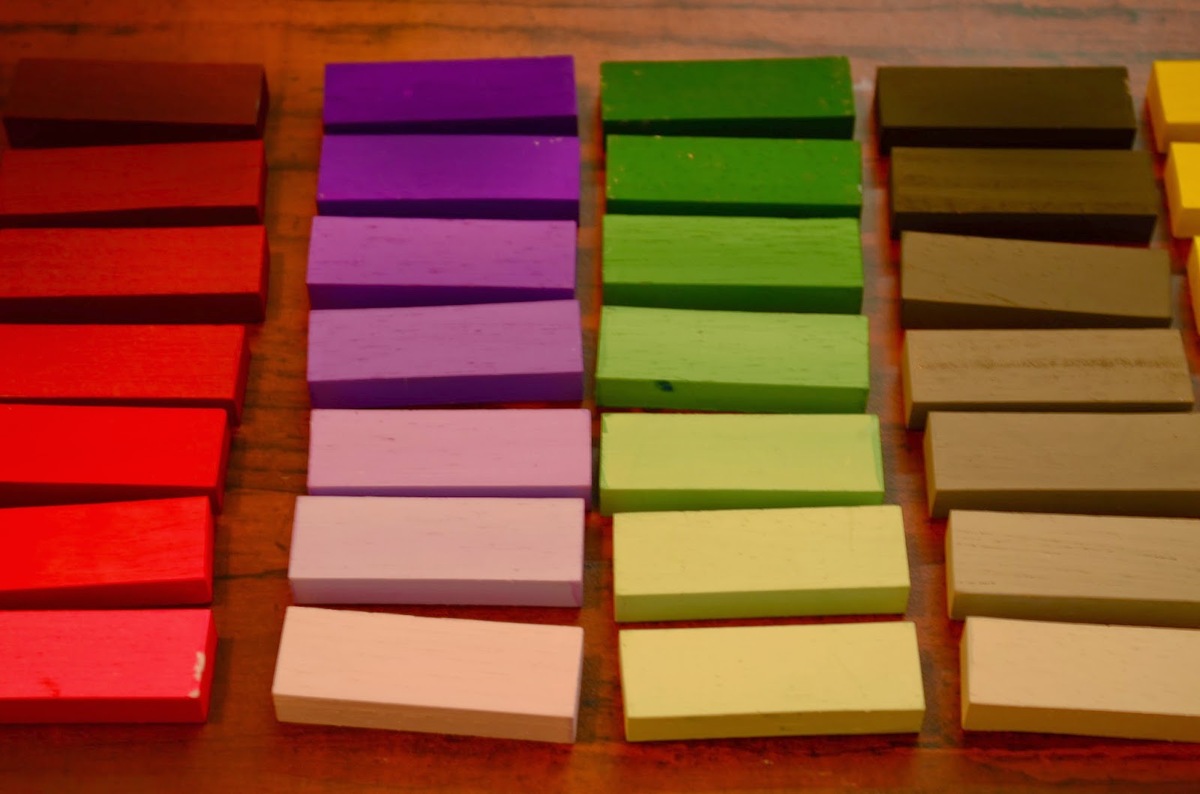

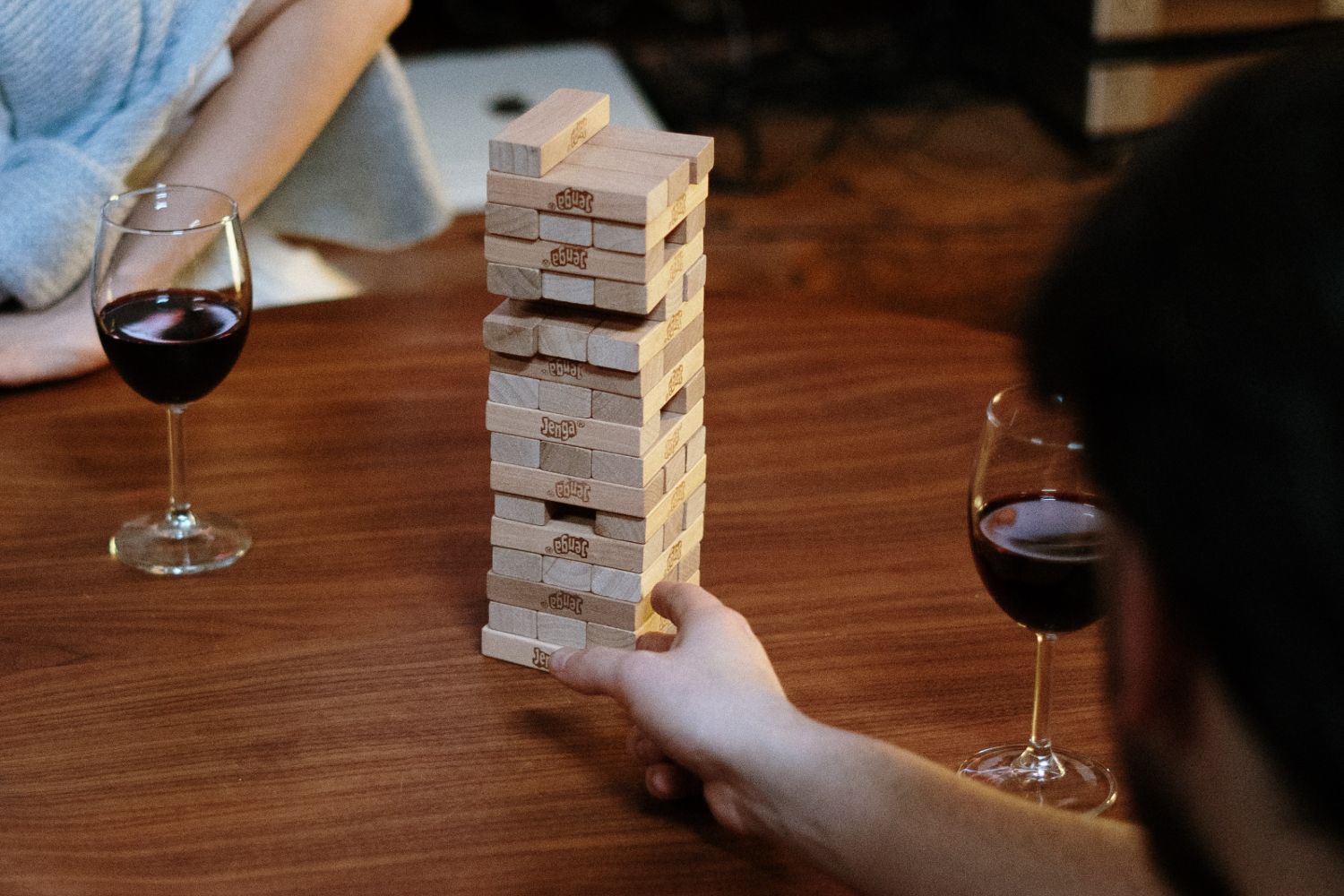
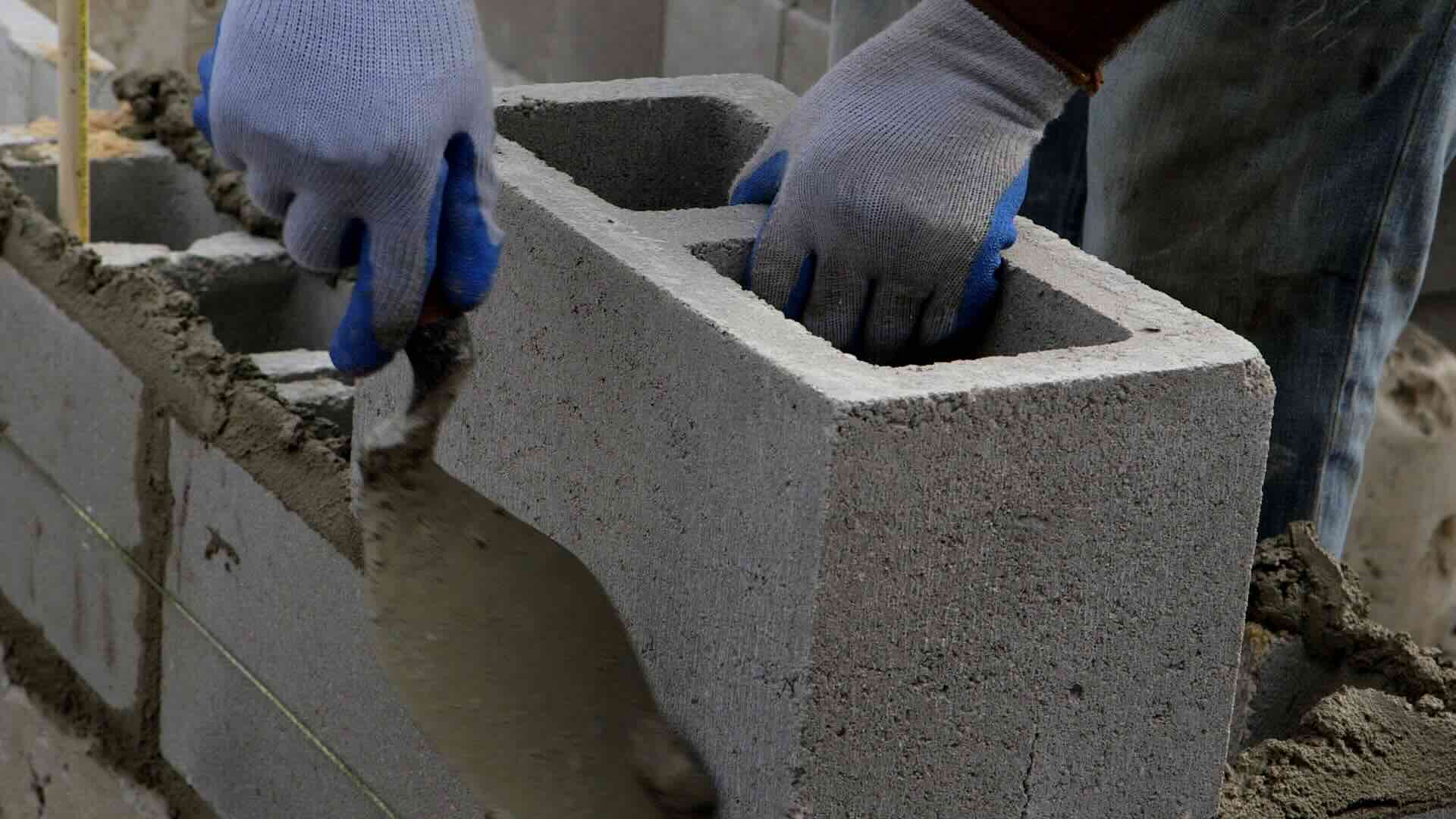
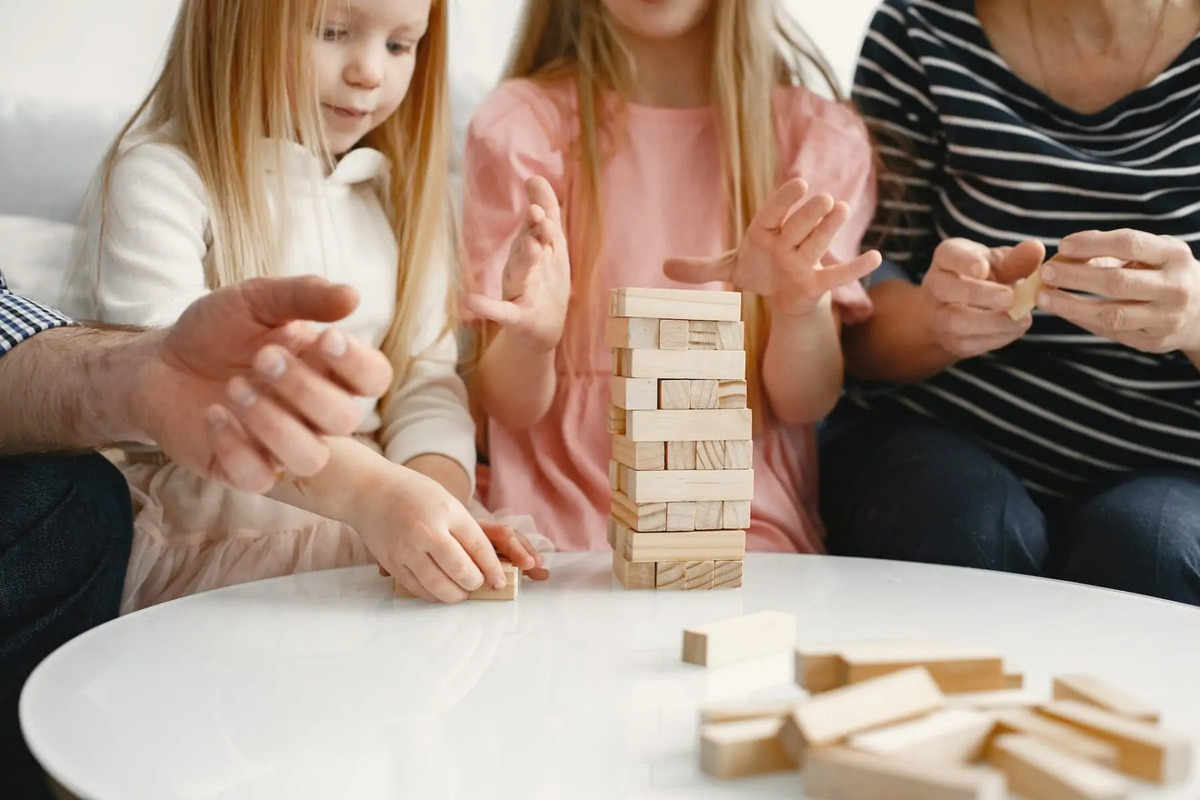

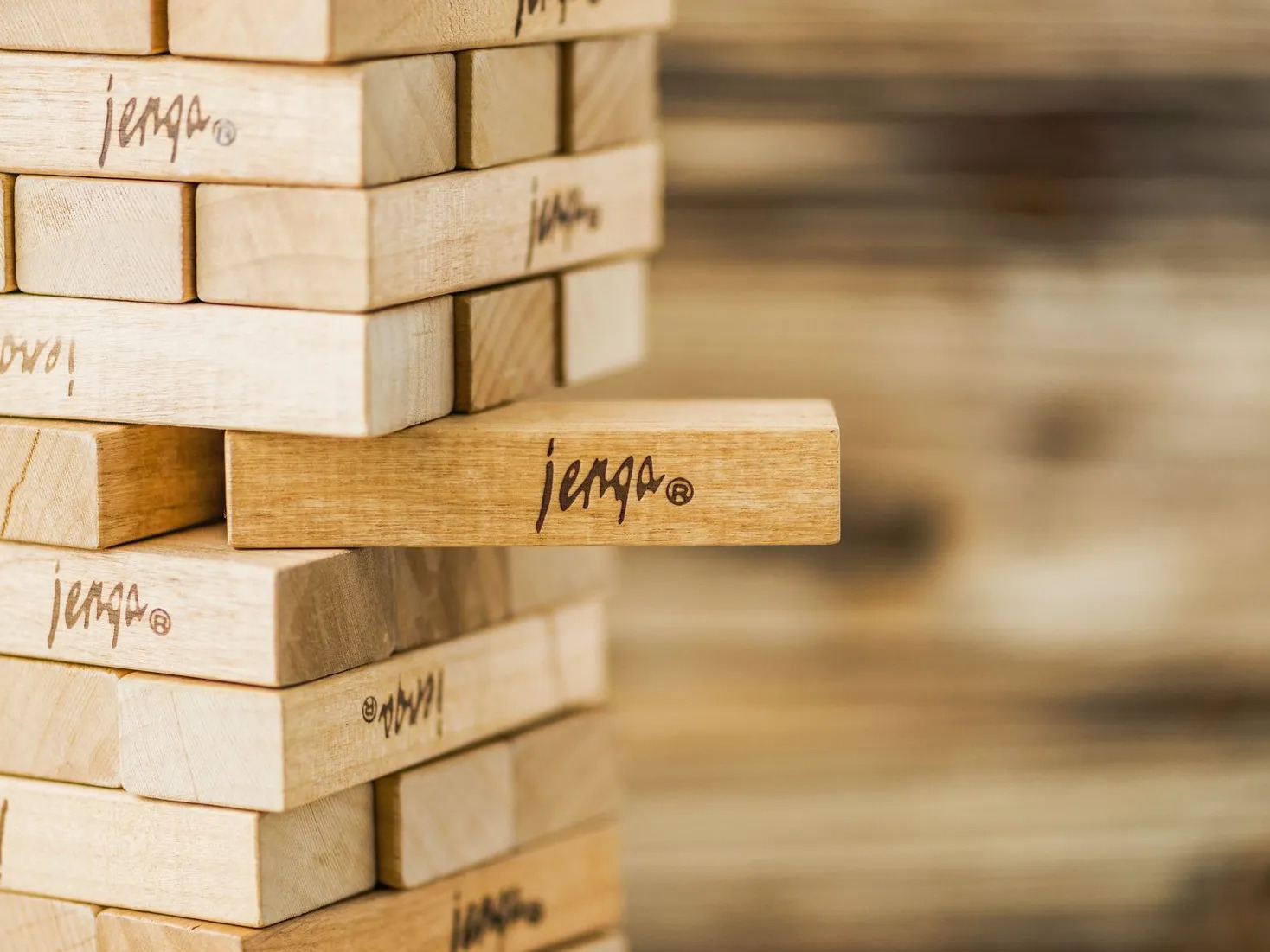

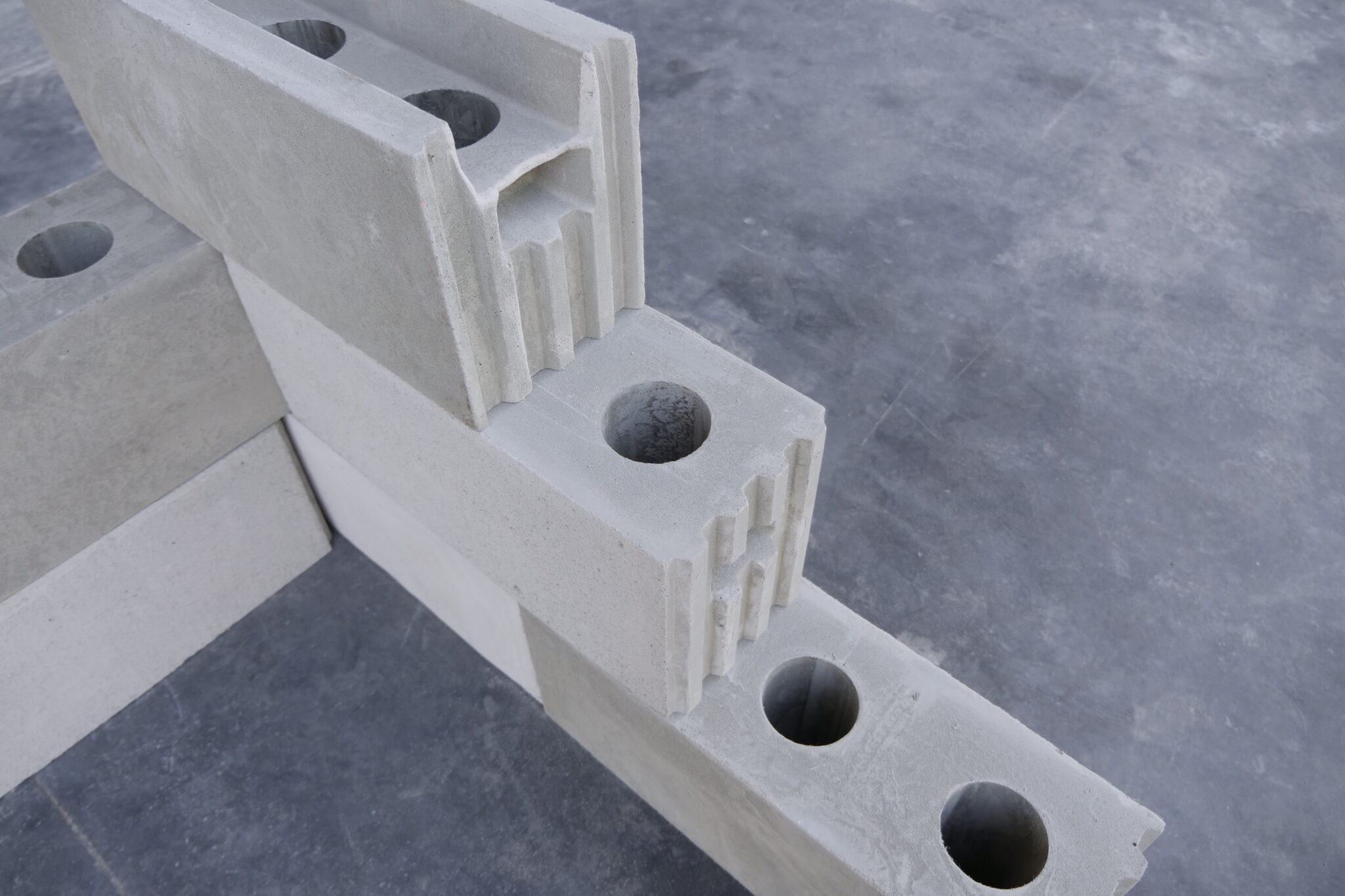
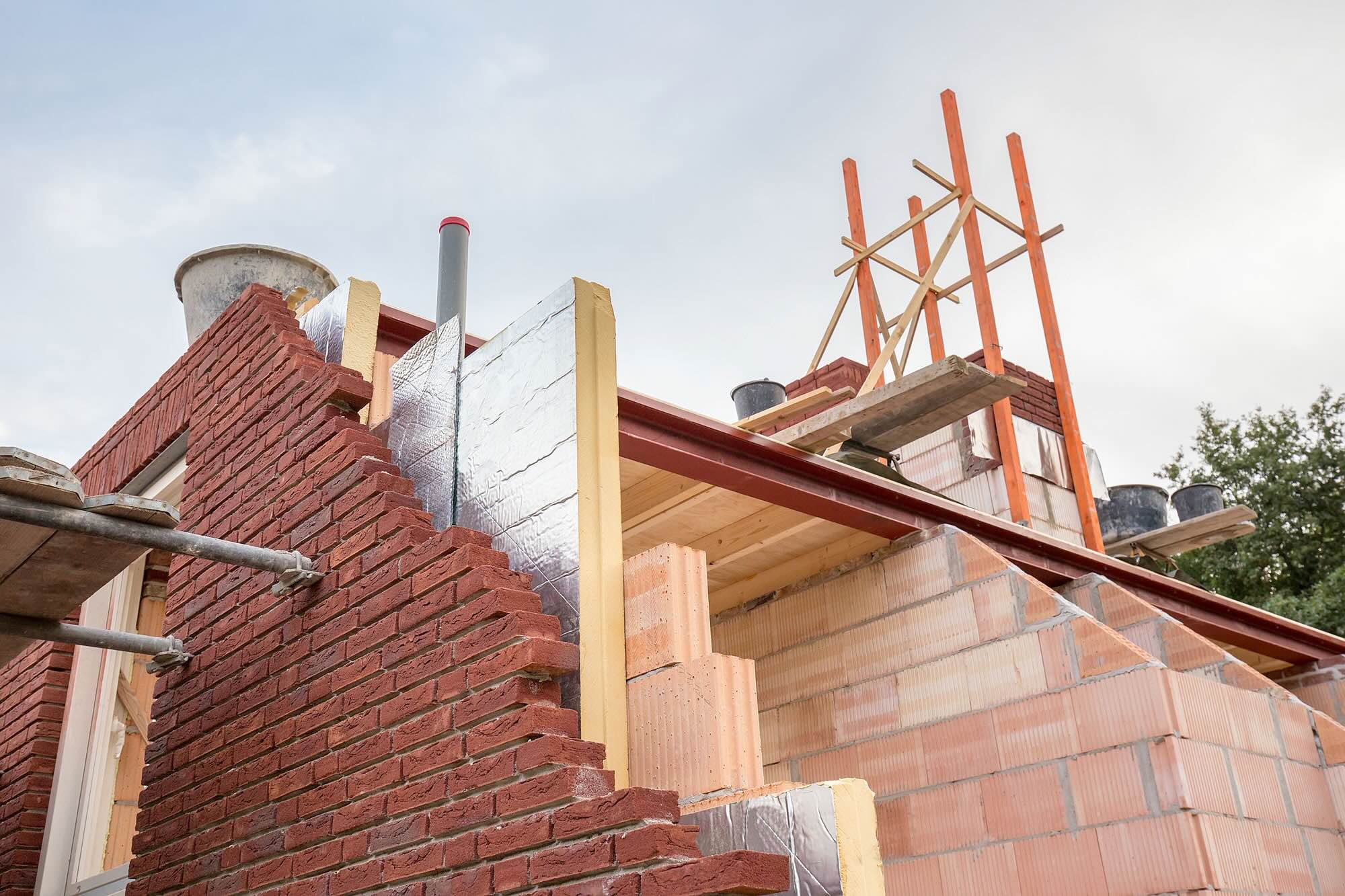
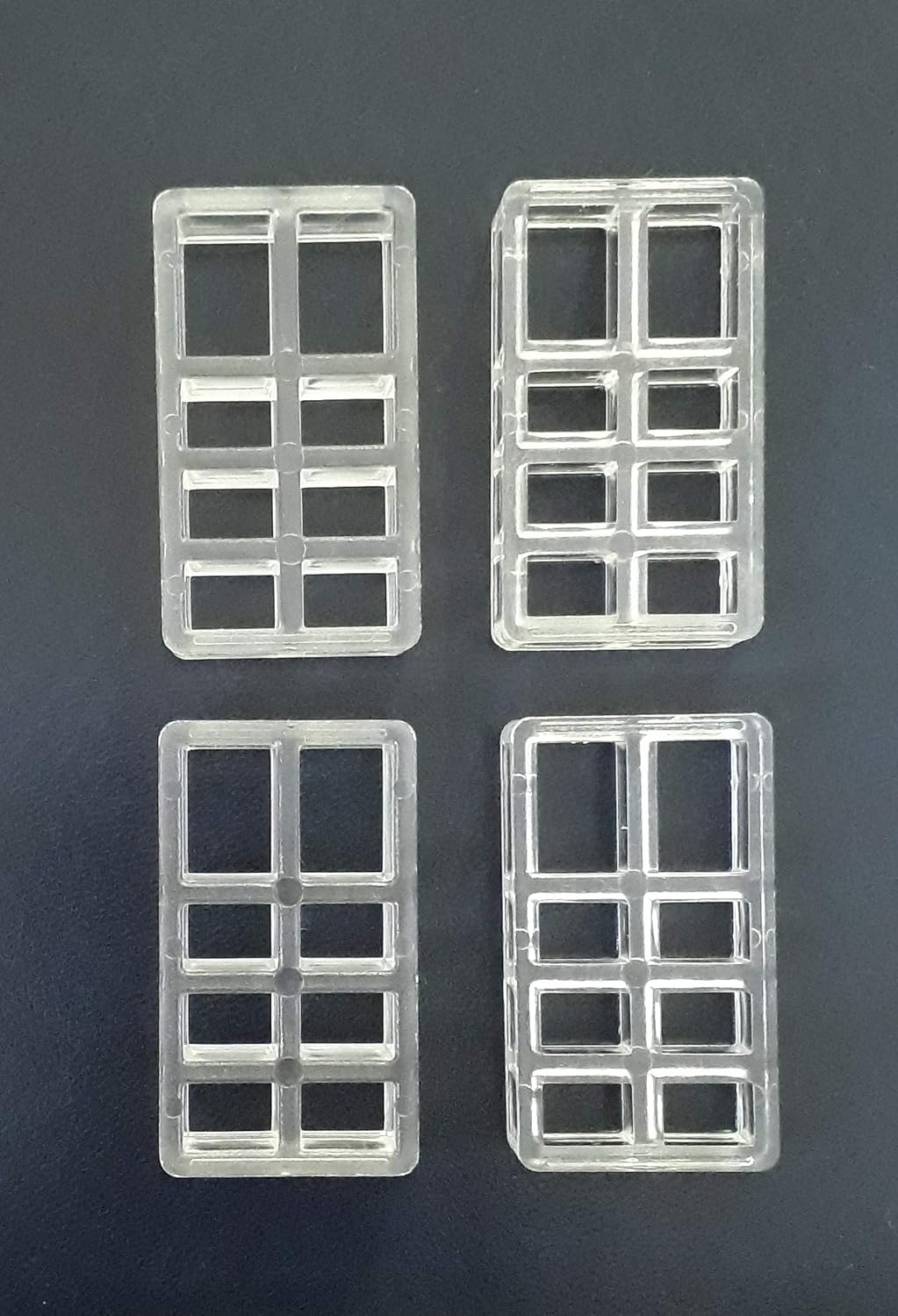

0 thoughts on “What Is The Size Of A Jenga Block”